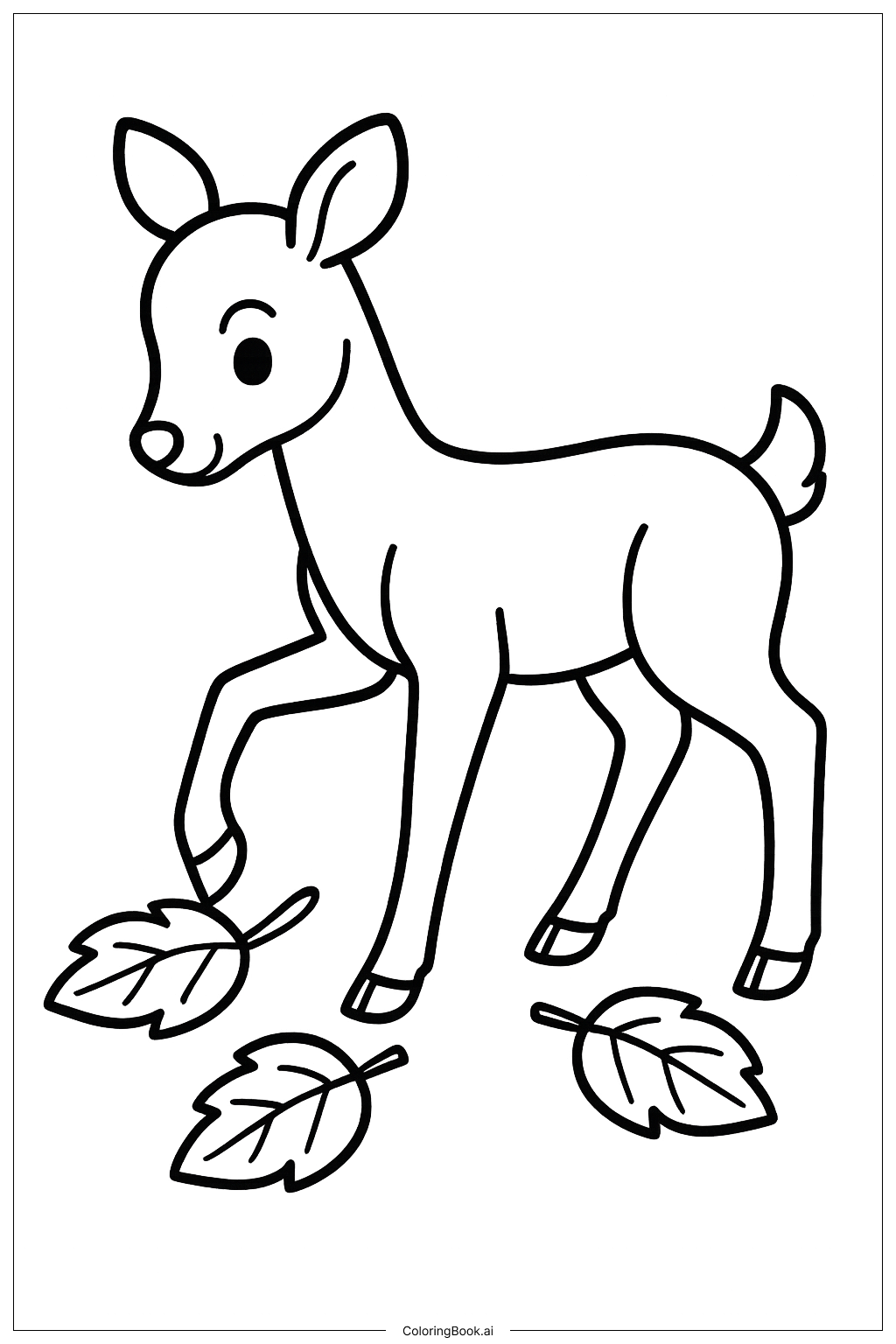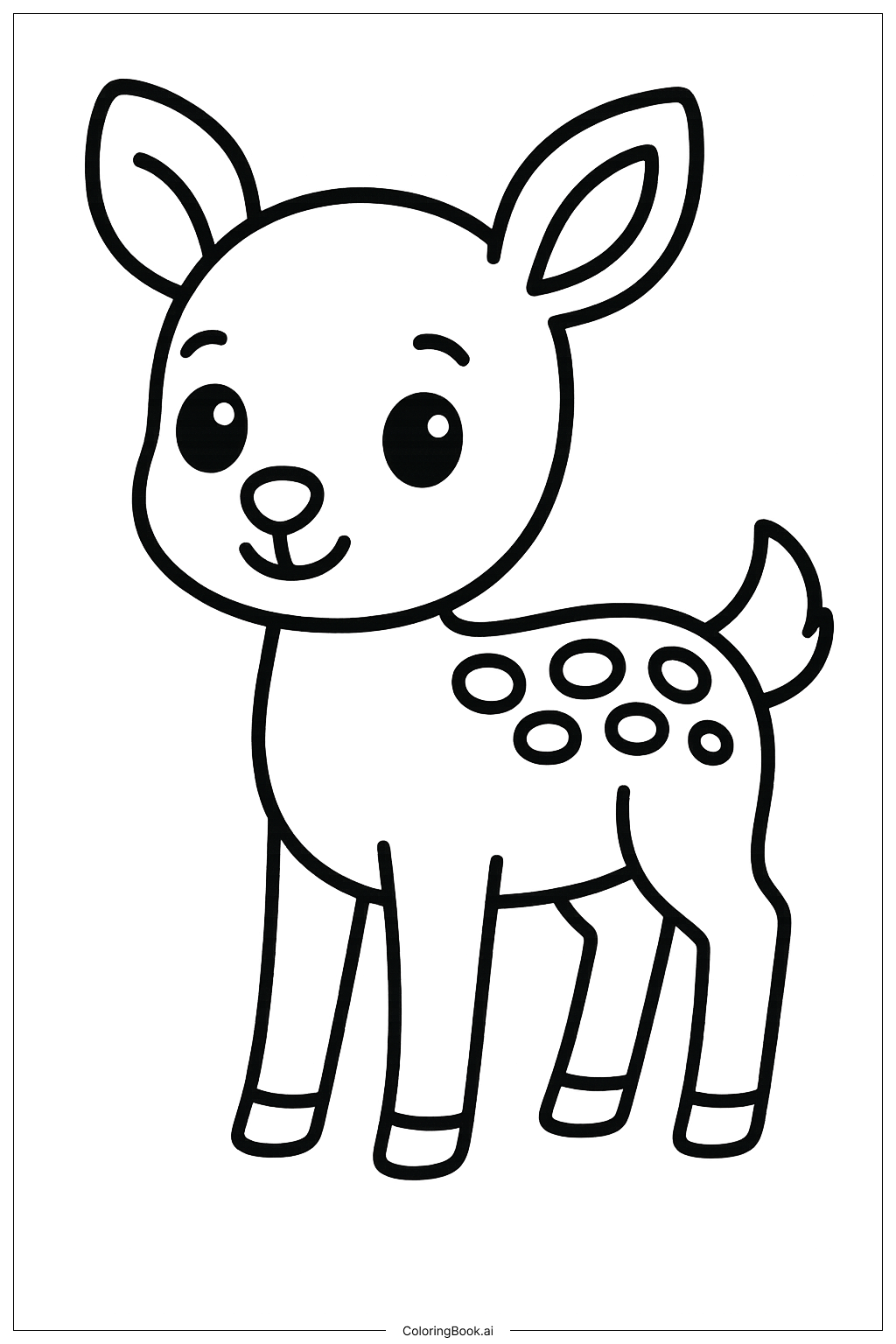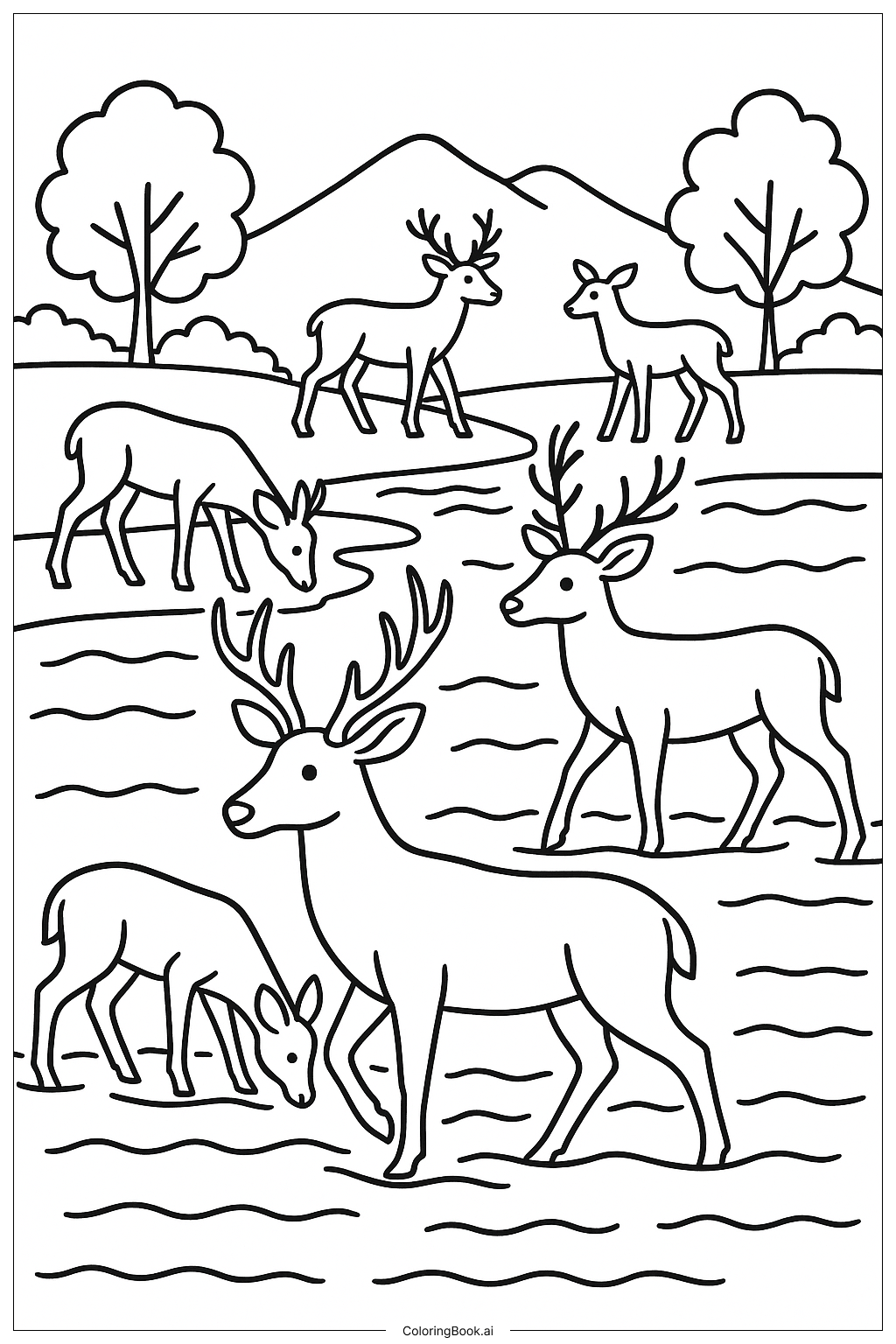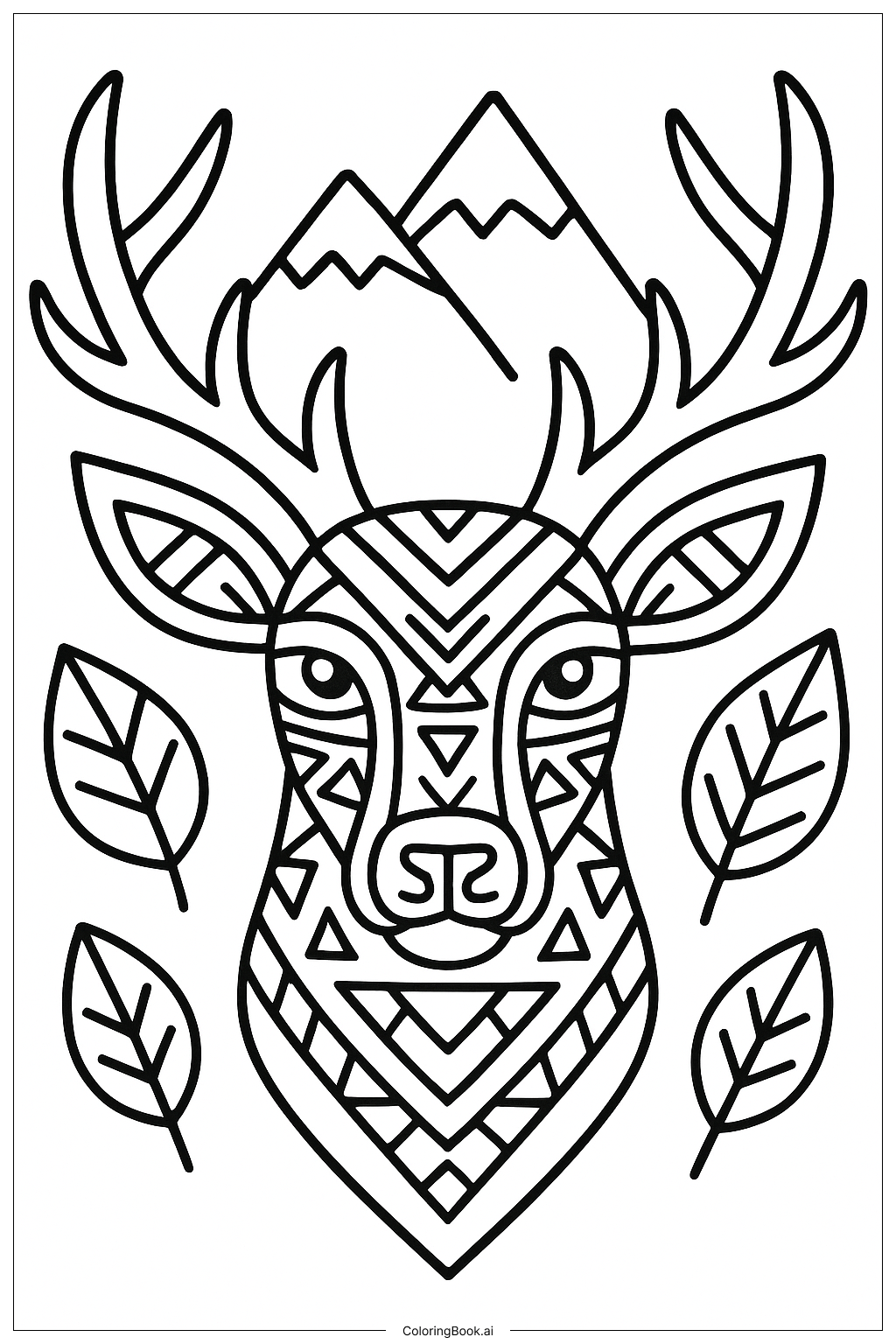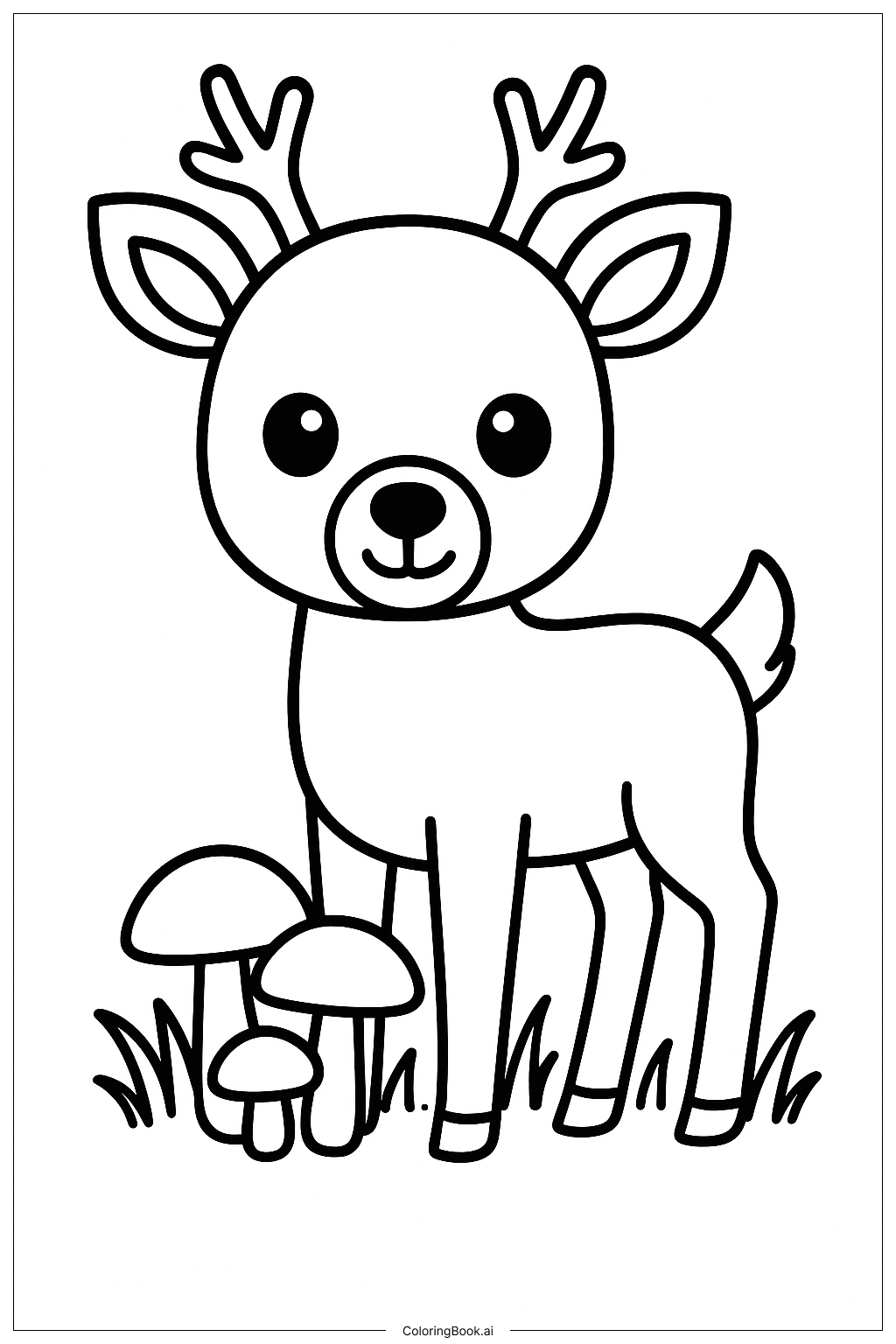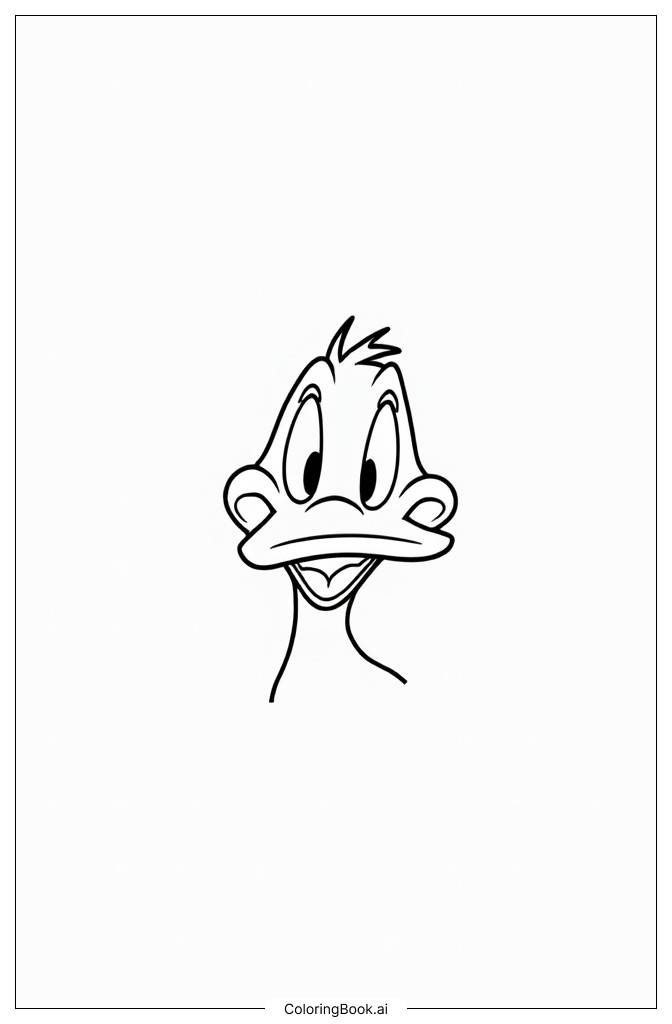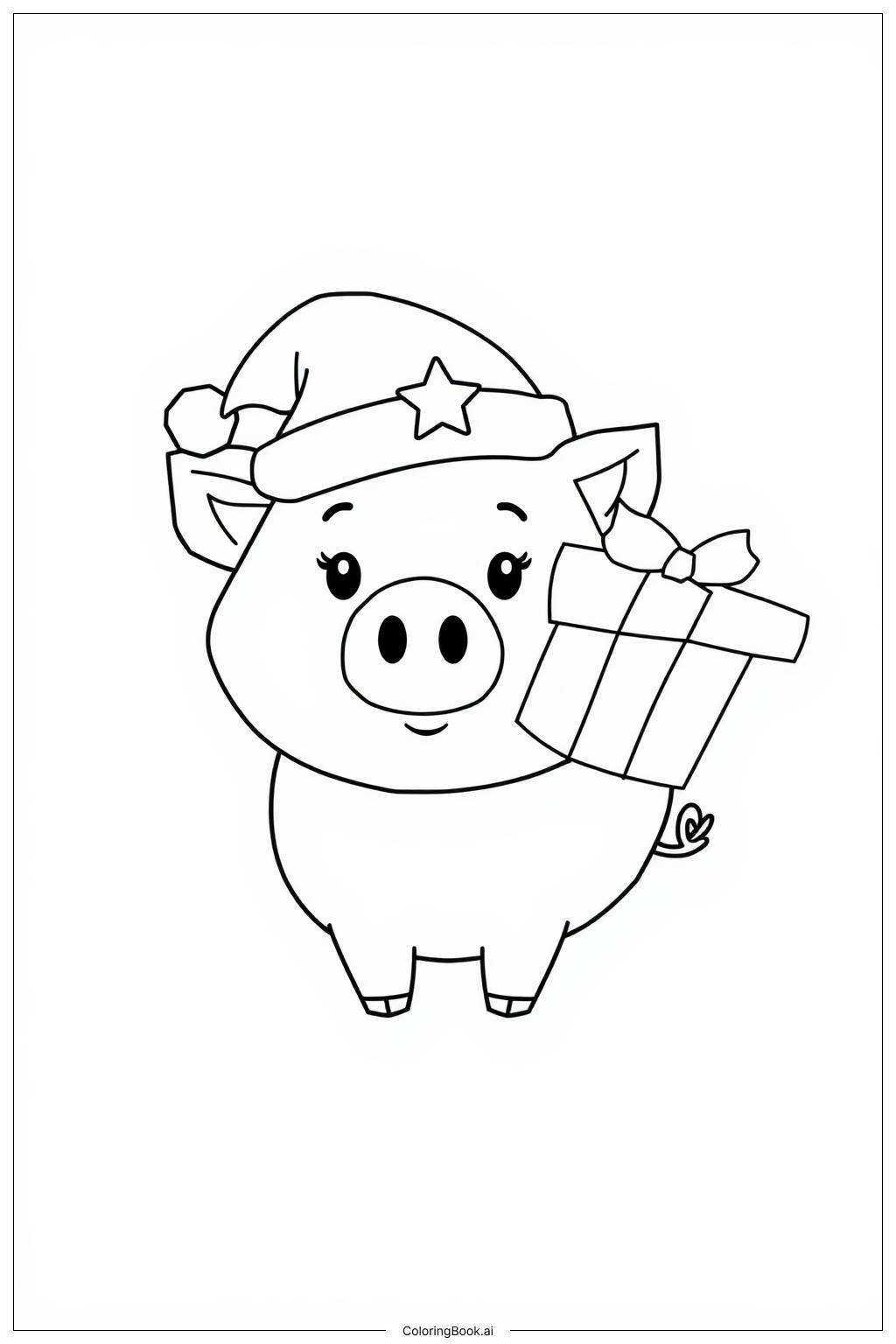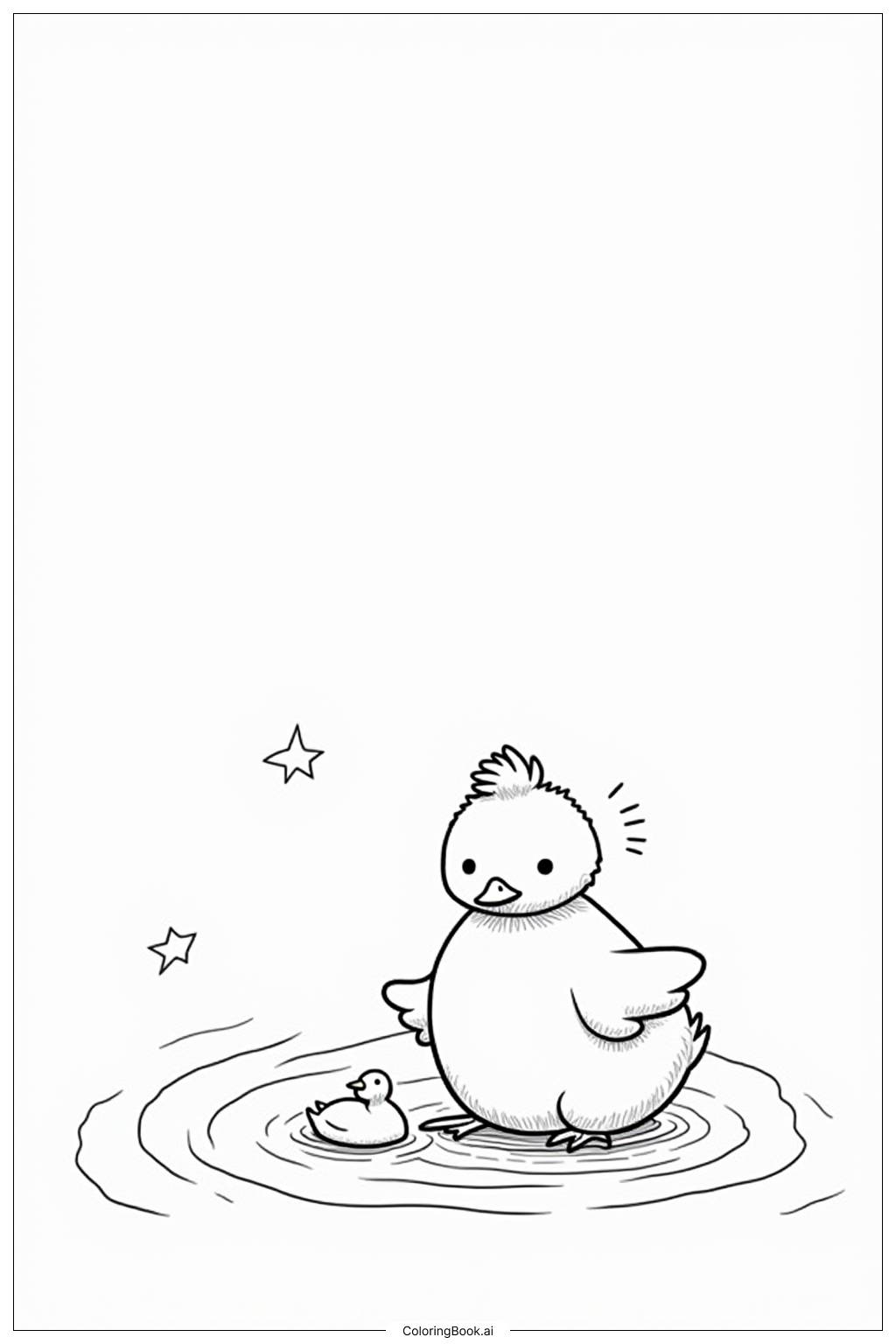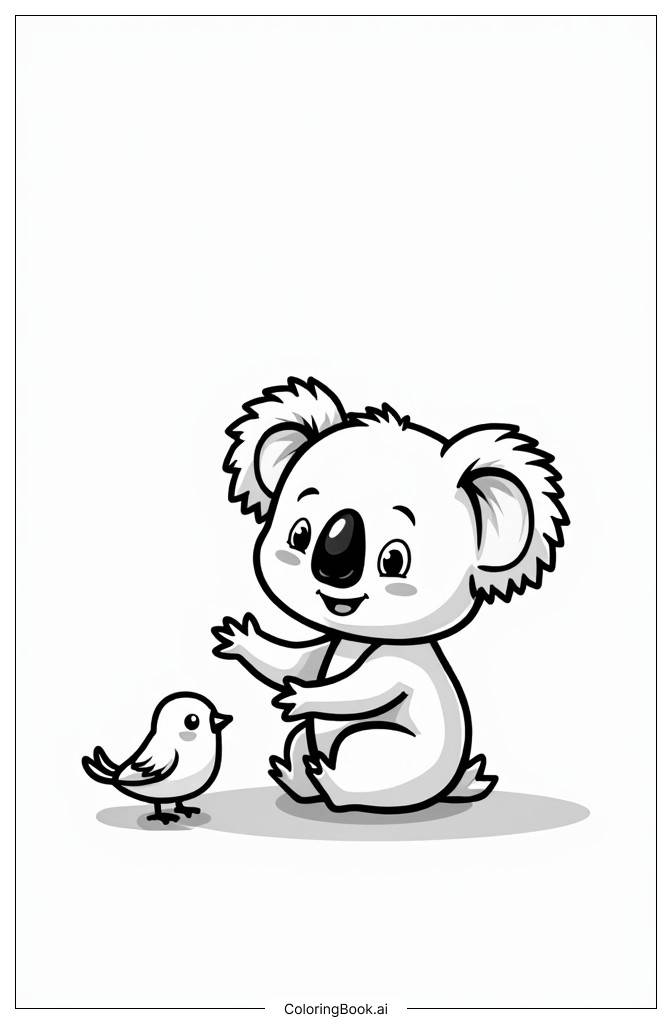Coloring tips: How to color Deer Pawing at Fallen Leaves coloring page well?
When coloring the deer, consider using light browns and soft creams for its fur to create a realistic look. The leaves can be colored in warm autumn hues like orange, red, and yellow to reflect the season. You might also add shades of green for some leaves that haven't changed color yet. Don’t forget to use different shades to give depth to the deer’s features and leaves. Using colored pencils or crayons can help blend colors smoothly, making the art more visually engaging. This page allows for lots of creativity, so feel free to add a blue sky or even other animals in the background!
Coloring challenges: Which parts are difficult to color and need attention for Deer Pawing at Fallen Leaves coloring page?
1. Getting the colors right for the deer can be tricky. Children might struggle to mix light and dark browns effectively to show the deer’s fur texture. Helping them understand shading techniques can be useful. 2. The leaves in different shapes and sizes require attention to detail. It can be challenging to color them neatly without going outside the lines. Practice can help improve their control. 3. Choosing the right colors may pose a difficulty as children might want to make all leaves the same color, missing the chance to use the beautiful palette of fall. Encouragement to experiment will help them learn. 4. Understanding how to create a natural scene can be hard for some kids. They might need guidance on how to add additional elements like a background or other wildlife. 5. Lastly, maintaining patience while filling in large areas can be challenging for younger artists. Breaking the task into smaller sections may help keep them focused.
Benefits of coloring books: Advantages of drawing Deer Pawing at Fallen Leaves coloring page
Coloring this page with the deer and leaves offers several benefits. First, it enhances fine motor skills as children practice their grip and control over crayons or colored pencils. Second, coloring allows for creativity and self-expression. Kids can choose colors they like, leading to unique artwork. Third, it can be a calming activity, helping to reduce stress and promote relaxation. Focusing on coloring helps improve concentration, allowing children to engage in a task fully. Finally, coloring scenes in nature, like this deer among leaves, fosters an appreciation for wildlife and the changing seasons.
